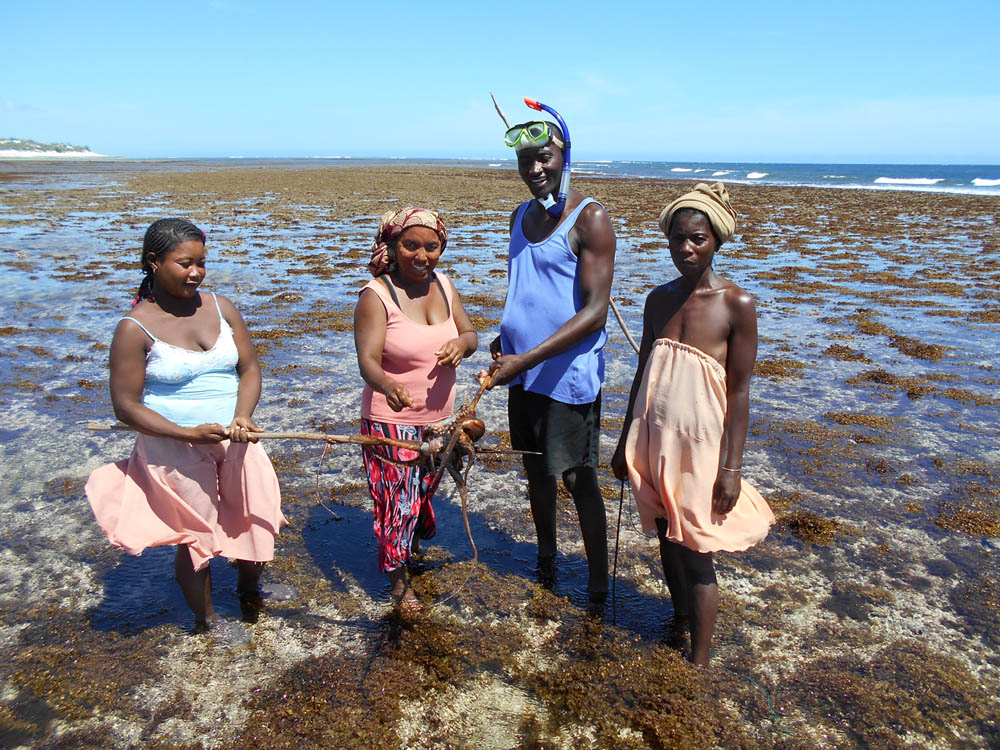Development of new sustainable decision-making skills
Community engagement
A Rocha Ghana
Contribution from participant during stakeholder engagement
A Rocha Ghana
Capacity gaps were identified through a survey and an assessment of stakeholders’ and community members’ needs. Based on this analysis, specific activities such as conservation education targeted at both communities and schools, livelihood training and replanting of degraded habitats and tools such as stakeholder dialogue platforms as a communication tool, and marketing techniques building on local conditions were developed. A learning and sharing approach was applied to provide the required technical and logistical support to enable beneficiaries notably community members who are most vulnerable to the challenges to utilize these new tools. The stakeholders and community members developed skills in alternative livelihood options and decision making mechanisms as well as the mandate to take action to stop detrimental activities that destroy resources and the environment. Institutions such as the district assembly were also engaged in some of the decision making mechanisms that could support the actions of community members. Thus, their ability to make informed decisions on issues pertaining to developing a balance between conservation and development is improved.
1. Work with existing institutions (if any) that impacted the area.
2. Try to build synergies.
3. Assign roles to participating stakeholders.
4. Good leadership ensures successful project outcomes.
Institutional collaboration is an essential tool when building synergies. In the past communities and government bodies in charge of resource management worked in isolation. However, collaborative efforts through projects such as the Community Mangrove Restoration, has broadened the opportunities to bridge the gaps between conservation and community development.
